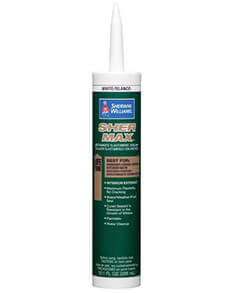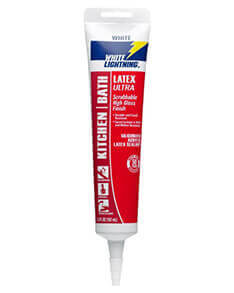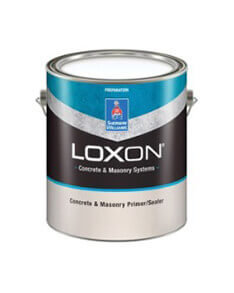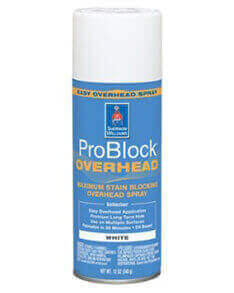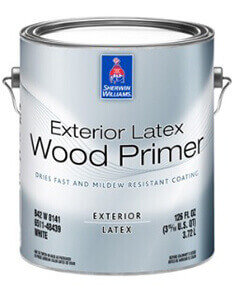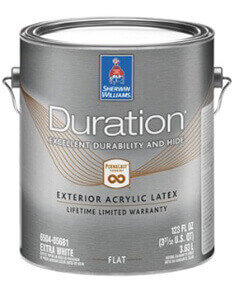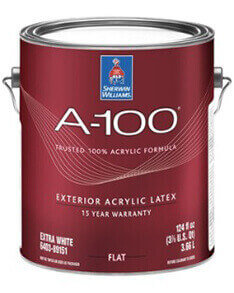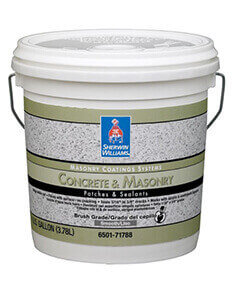How to Fix Cracking Paint on Caulk
What is Cracking Paint on Caulk?
The cracking of the paint film over a caulked area.
What Causes It?
- Using caulks that are not paintable. Before using a caulk, read the packaging to make sure it can be painted on.
- Applying paint over a partially dried bead of caulk. The paint dries first, forming a film. As the caulk dries, it shrinks and causes the paint film to stretch and crack.
- Applying caulk when the air, surface, or caulk temperature is below 40 degrees Fahrenheit, and the caulk is not designed for these conditions.
- Caulking joints in excess of 1/2 inch in width or depth. If the opening is 1/4 inch or greater, for maximum performance, prevent three-point adhesion with backer rods or bond breaker tape. Three-point adhesion problems occur in cracks when the sealant adheres to the walls and the bottom of a crack, and a significant amount of flexibility is lost. Aim for two-point adhesion – wall to wall in a crack – using backer rods or bond breaker tape offers the maximum flexibility and performance.
Solutions for Cracked Paint on Caulk
- Prime first, then apply caulk only when temperature of surrounding air, surfaces to be caulked, and caulk are all above 40 degrees Fahrenheit. Do not apply when rain or freezing temperatures are expected.
- Joints more than 1/2 inch should be filled within 1/2 inch of the surface with a polyurethane rod or closed cell urethane foam. Fill the remaining joint with caulk, and tool within five minutes of application.
Cracked Paint Repair Products
Interior Repairs
Fill joints with PowerHouse™ Siliconized Acrylic Latex Sealant. Then, if needed, add a coat of Premium Wall & Wood Primer before applying ProClassic® Waterborne Interior Acrylic Enamel for a smooth, durable finish.
Exterior Repairs
Replace any damaged caulk with PowerHouse™ Siliconized Acrylic Latex Sealant. If needed, add a coat of Multi-Purpose Latex Primer and finish with SuperPaint® Exterior Acrylic Latex to help protect against the elements.


